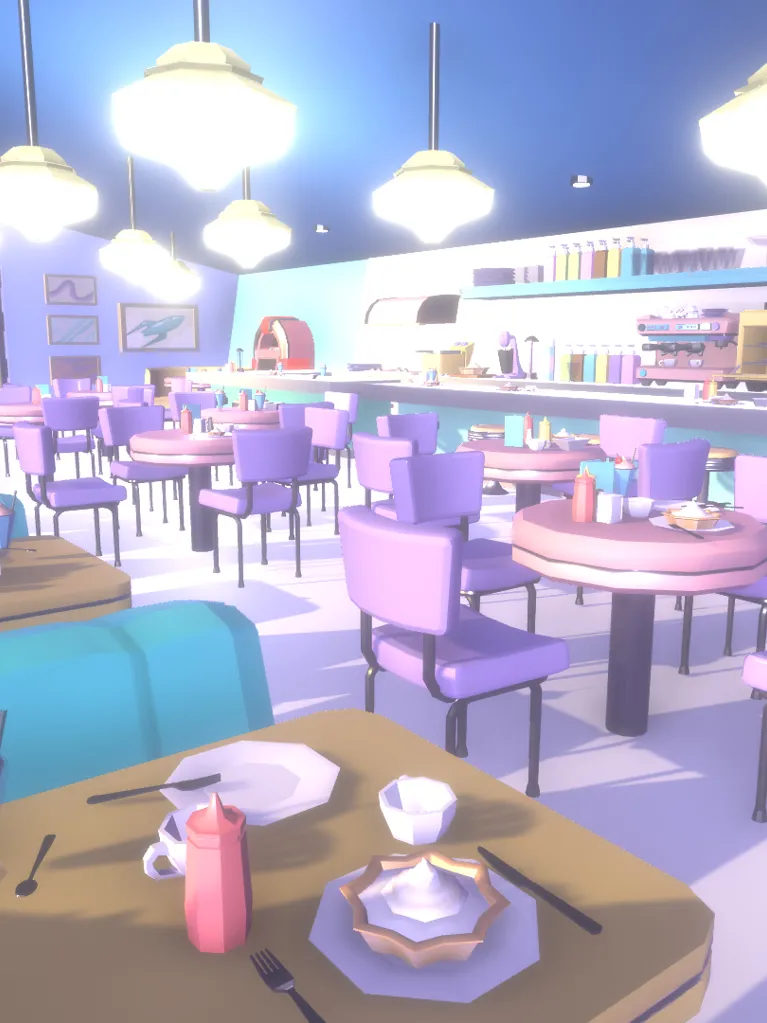At Diploma level, design, develop, prototype and implement an idea, and gain hands-on knowledge of leading industry software and game engines.
Explore everything from concept drawing, digital sculpting and visual narrative to expressive animation techniques, game art development, 3D modelling, asset creation and building immersive game spaces.
You will begin to understand the core components of visual narrative and games design and will adopt a range of rich, diverse and expressive animation techniques, which you'll develop into sophisticated outcomes. A solid foundation in game-art development practice will provide you with the perfect platform upon which to deepen your critical level of knowledge and understanding in a Bachelor degree.
Why Study Game Design at JMC?
Technology & Facilities
We take gaming seriously at JMC, with each campus housing dedicated digital art + development studios with purpose built workstations, cintiq and intuos pro wacom tablets, non-digital art studio for prototyping, stopmotion, sculpting and life drawings, portable VR development suites, motion capture studios, 3D printers, green-screen cyclorama studio and mixing + recording studios.
JMC uses a range of software including Unity 3D, Autodesk Maya, Adobe Creative Cloud, Pixologic Zbrush, Substance Suite, Foundry Suite with Nuke + Mari, Redshift GPU + Arnold CPU Renderer, Adobe Suite, Toon Boom Harmony with Unity middleware, Shotgun Studio and SourceTree.
Duration
In just 2 trimesters you can graduate with a diploma thanks to our accelerated full-time course. Part-time study is also available to domestic students.
The Dutch Exchange
Take your passion to Europe and spend an entire trimester at Fontys Academy for Creative Industries in the Netherlands. Collaborate with creative students from all over the world and build your international contacts along the way.
Japan Study Tour
Spend 12 days immersed in anime and manga creation classes at the Tokyo Design Technology Center and Osaka Animation College, and explore the pop culture of Japan. This selective unit includes visits to the Osamu Tezuka Manga Museum and the Kyoto International Manga Museum.
Course Structure
The Diploma of Creative Arts (Game Design) makes up the first 2 trimesters of the Game Design Bachelor's degree. At the successful completion of 2 trimesters, our modular course structure lets you graduate with an officially recognised diploma or continue seamlessly towards the industry standard Bachelor of Creative Arts (Game Design) degree.













